Lately, you’ve been seeing a lot of bugs doing a considerable amount of damage to your garden that you’ve grown with your hard work. The cold weather is also approaching, and you’re worried about how you should protect your plants from the cold.
A lot of people use garbage bags to cover their plants in many instances, which makes you think, “Can I cover plants with garbage bags? Will it be safe? Can it damage my plants in any way? What should I do?”
We have you covered with this article, where we discus whether you can use garbage bags, how you should use them, and in what situations.
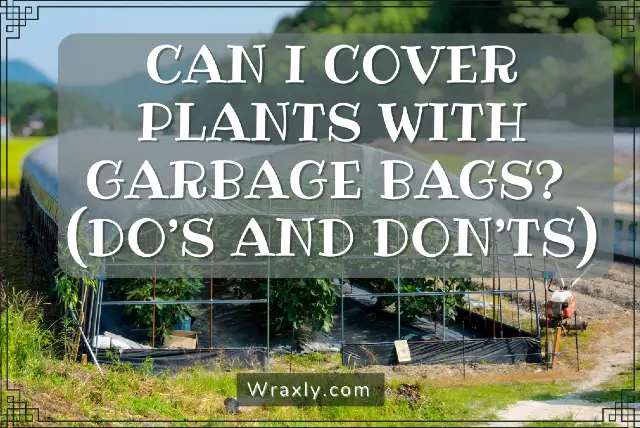
- Can You Use Garbage Bags to Cover Your Plants?
- How Should You Cover Your Plants with Garbage Bags?
- Is It Okay to Use Black Garbage Bags?
- When Should You Cover Your Plants?
- Do Plants Get Frostbite?
- What Can Lead to Plants Getting Frostbite?
- Should You Cover Your Plants with Garbage Bags for Frost?
- Which Plants Should You Cover First?
- Should You Water and Fertilize Your Plants Before Covering Them?
- Why Should You Not Cover Your Plants with Garbage Bags for Too Long?
- Summing Up
Can You Use Garbage Bags to Cover Your Plants?
Usually, covering plants with any plastic material isn’t safe. However, you can cover your plants with garbage bags to protect them from pests and pest-carried diseases and sometimes excess moisture from too much rainfall.
Plastic covers, including garbage bags, create something similar to a terrarium, containing the temperature, humidity, and nutrients and recycling them constantly.
However, most plastics are known to conduct cold temperatures, which can damage the delicate tissues of the leaves. Besides, there are dos and don’ts that you need to follow when covering plants with anything.
Most garbage bags are made of polyethylene, which is a good insulator. You can use them to protect your plants as long as you’re following the necessary steps. Garbage bags can, in turn, act as an insulating cover if there’s another layer of insulation between the bag and the plant.
Let’s learn more about it in the next segment.
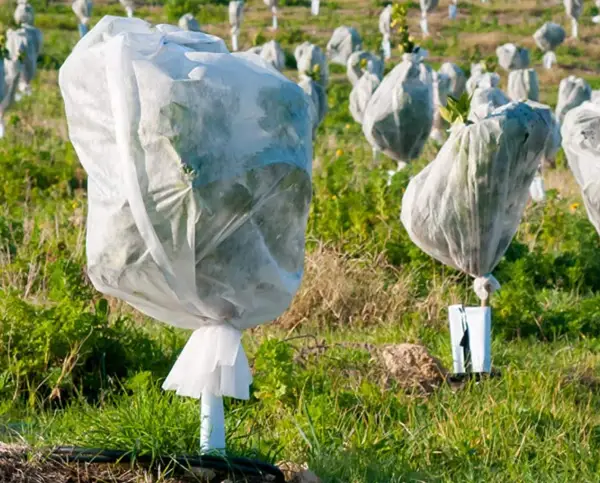
How Should You Cover Your Plants with Garbage Bags?
When it comes to covering plants, there are a number of things that you need to follow. These will ensure that you protect your plants from the damaging external environment properly and don’t end up withering your plants while trying to save them.
| Things to Avoid | Things to Do |
|---|---|
| If you want to insulate your plants from the cold, don’t use only garbage bags to cover them if they’re not made from polyethylene. | Use a layer of a blanket, towels, cardboard, or any insulating cloth between the plant and the garbage bag. |
| Don’t wrap the garbage bag very tightly where it’s touching the leaves. The plant won’t have much space to breathe, and it may end up damaging the leaves. | Besides having a layer of insulation in between, you should make a supportive frame too and cover it with a mesh. This will hold the protective layer in place. It will also allow your plants to breathe properly. |
| Don’t cover only the parts of the plants with leaves, flowers, and fruits. Also, don’t wrap the plants around the trunk. | Protect your plants by covering them entirely from the tip to the roots. It’ll help to protect them from harsh winds. If you’re protecting your plant from cold, you should concentrate on insulating the roots properly. Cold air is denser than warm air, which is why it’ll sink to the ground, keeping the temperature toward the root much colder. If the roots get frozen, you can’t recover the plants anymore, and they will die eventually. If you want proper insulation and protection from insects and diseases, build a capsule or a tent-like structure around your plants with garbage bags and seal it to the ground properly. |
| Don’t keep your plants covered for the entire time. Otherwise, too much moisture will get trapped, which can have an adverse result. | In cold weather, cover your plants up entirely at night, as temperatures fall a lot in those hours. During the day, if the sun shines and you can see the temperature is in the safe zone, take the covers off. This will help excess moisture to escape, and your plants will photosynthesize properly. However, it’s best to keep the roots partially covered, as cold air settles at the bottom and can harm the roots. If you’re covering your plants to protect them from insects, then keep them covered with a fine mesh during the day. Pests hide in the shade during the day and attack the plants at night. |
| If you want to provide a heat source during freezing temperatures and protect your plants from insects at the same time, don’t use LED lights to give extra heat to your plants. | When temperatures get so cold that covers aren’t enough to protect your plants, surround them with old-school incandescent bulbs. Incandescent bulbs are a great source of artificial heat. Putting a few of these bulbs around the capsules or tents will ensure that your plants get enough warmth and won’t develop frostbite. However, these can also attract insects, so the garbage bags can add protection against these pests. |
| If you’re covering potted plants, don’t keep them in a cool corner or in shade. | Find a warm, sunny spot for your potted plants where they can stay covered for a few days. This will help them to maintain an ecosystem. |
Is It Okay to Use Black Garbage Bags?
It’s better not to use black garbage bags to cover your plants. They will block sunlight and any other source of external warmth that you’ll provide and may make their internal environment colder.
You should use a cover transparent enough to allow light to shine through. That way, even if the temperatures are freezing during the day and you need to keep your plants covered, they’ll be getting light and warmth.
When Should You Cover Your Plants?
Although pests are always there to attack your plants, they are worse in some seasons than others, leading to infections that can ultimately kill the plants. You should cover your plants with garbage bags in those seasons all the time.
If you’re covering your plants to protect them from frost, do it as soon as the temperature gets below 40 degrees F. As the temperature starts lowering from this point, they can suffer from frostbite.
In both cases, you must cover your plants when it gets dark. Temperatures drop drastically at night, and if you use lights as a heating source, then insects will definitely attack your plants.
Other Plant Cover Options from Amazon
Do Plants Get Frostbite?
Yes. Just like humans, plants can get frostbite. However, it doesn’t look like what we get.
Just like us, plants carry water inside their cells. But unlike us, where we get frostbite due to shrunken and damaged blood vessels, plants get frostbite when water in their cells freezes and expands.
Sometimes, this expansion can be more than the cells can tolerate, and they explode. This causes the plant tissues, especially leaves and tender branches, to wilt and wither.
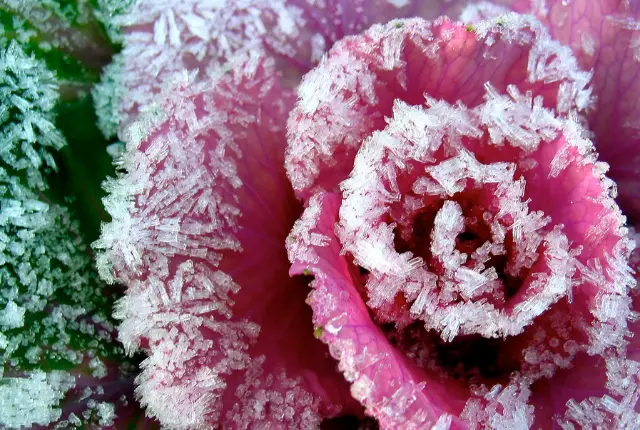
What Can Lead to Plants Getting Frostbite?
Cold weather can give plants frostbite if you don’t cover them up in time. They need warmth and sunlight during the day. However, if the temperature gets close to freezing, frost can develop in the plant tissues, which can ultimately damage them.
Sometimes, the location of your plants can also lead to frostbite. Windows and metal surfaces that are exposed to the external environment get very cold to the touch. If you keep your plants in these places, they’ll get frostbite and wither away.
Should You Cover Your Plants with Garbage Bags for Frost?
As mentioned earlier, most garbage bags are made of polyethylene, which is an excellent insulator. Covering your plants with garbage bags is okay as long as the cover goes to the root and doesn’t suffocate the plants.
Tents or capsules made from garbage bags will mimic the environment of a greenhouse nicely. They will hold the moisture and warmth from the trees and constantly recycle them. This will ensure constant maintenance of their internal environment.
Besides, it’ll help your plants to get the nutrients they need. The cover will also protect them from harsh wind or external conditions.
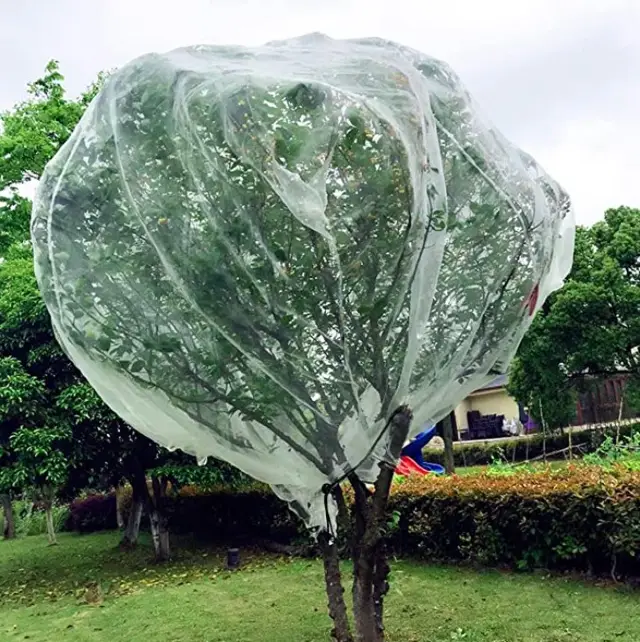
Which Plants Should You Cover First?
Be it for protection against insects and infection, or for protection against the freezing cold, you should cover the youngest and most tender plants first. Pests are attracted to these plants due to their tender tissues, and cold weather also does a lot of damage to them.
You should also cover the plants that you can’t bring indoors, even if they’re quite small. And if the plants have flowers and fruits, then it’s essential that you cover them with a garbage bag. Otherwise, all of them will soon be insect-infested.
If you have small potted plants outside that you can bring inside easily, then take them in and keep them in a warm spot with an ample amount of sunlight. However, don’t keep them near windows if the temperature outside is freezing.
You should also cover succulent plants, especially cacti, so that they don’t get frostbite. Succulents are storehouses of hefty amounts of water, making them susceptible to damage.
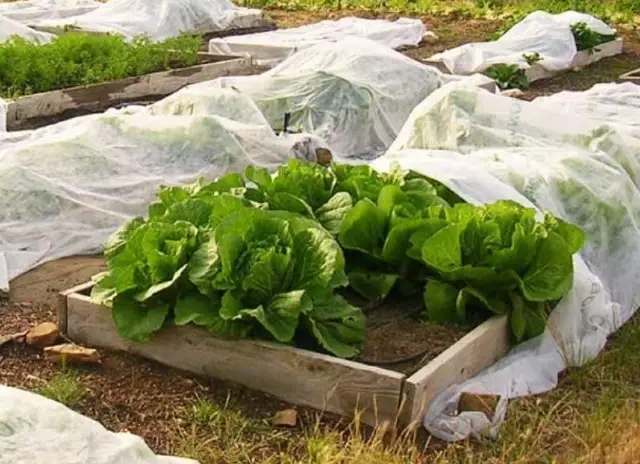
Should You Water and Fertilize Your Plants Before Covering Them?
If you’re covering your plants during heavy rain, then you don’t need to water and fertilize them. The soil gets plenty of moisture that the plants can easily soak up. And if you use fertilizer, it’ll all wash away, leaving very little for your plants to absorb.
Remember to fertilize your plants a few days before it rains so that it has time to work their way to the roots. Also, you don’t need to fertilize your plants every day, but you should water them before putting them under a cover.
It’s best to avoid adding any fertilizer after early fall. This will stop any new foliage from growing. Older leaves are tougher and more resilient to cold and frostbite.
It’s a good idea to water your plants before nightfall and cover them up at dusk. It’ll help to prevent them from frosting by regulating the temperature.
Why Should You Not Cover Your Plants with Garbage Bags for Too Long?
When covering your plants with something impermeable like plastic garbage bags, you shouldn’t keep them covered for too long.
Lack of air circulation won’t allow your plants to evaporate the excess moisture properly. Although the closed environment creates an ecosystem where the moisture, air, and waste get recycled, excess of these will create a fungal infection in your plants, leading to rotting.
Also, as there isn’t any air circulation, your plants will overheat from the excess heat of evaporation, which will worsen the rotting and withering of the plants.
Lack of direct sunlight will also slow down the photosynthesis process, which means your plants will have less food, ultimately leading to deficiencies.
Summing Up
Garbage bags can protect your plants or harm them, depending on how you use them. They can be used to protect your plants from external factors like frost, heavy rain, extreme winds, pests, and infections. However, avoid black garbage bags.
With proper research, thorough maintenance, and mindfully taking necessary precautions, you’ll be able to insulate and protect your plants successfully using garbage bags.

Darrell has a passion for gardening that he inherited from his father. Go here to read more about the influence his father played in his love for gardening. If you want to send Darrell a quick message, then visit his contact page here.
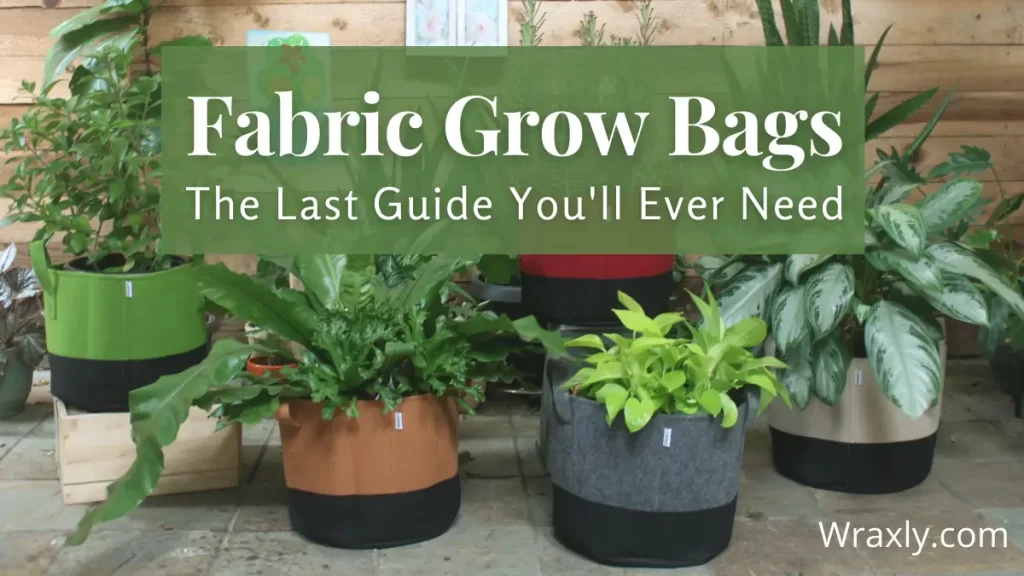
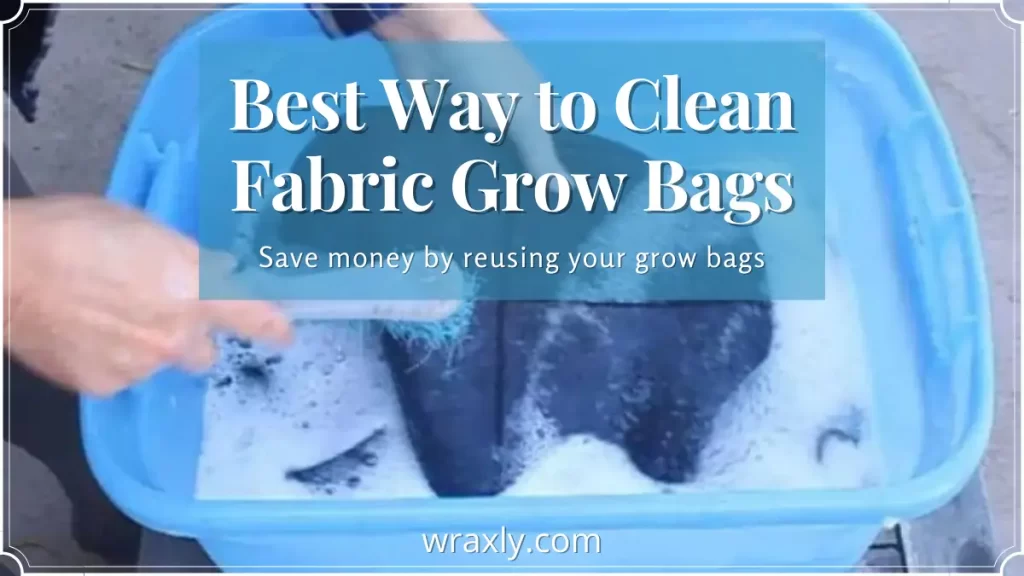
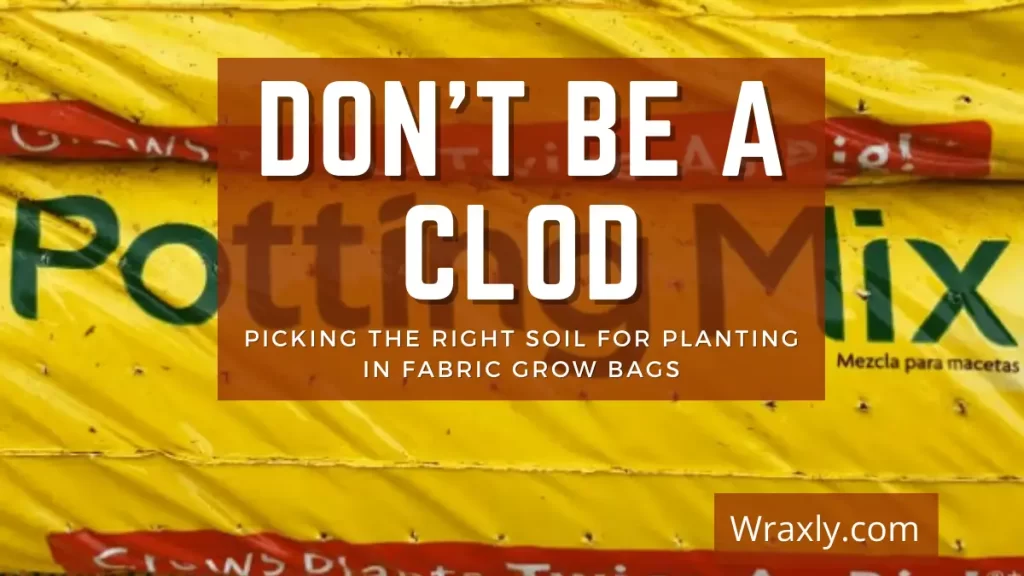
![Container gardening for beginners [Buying guide]](https://wraxly.com/wp-content/uploads/2021/02/Container-gardening-for-beginners-Buying-guide-1200-1024x576.webp)